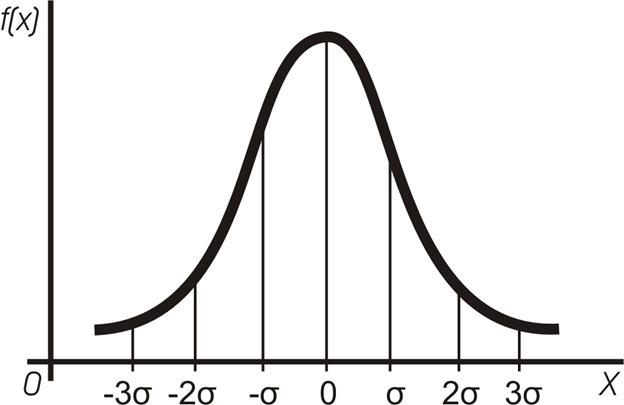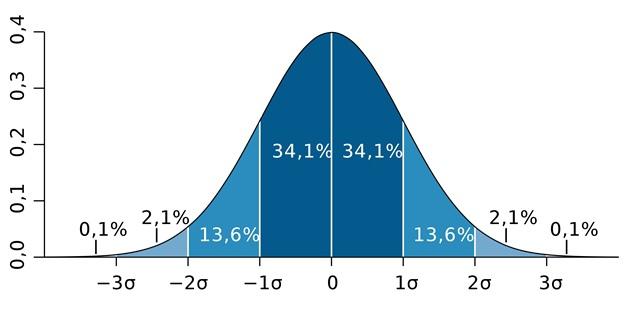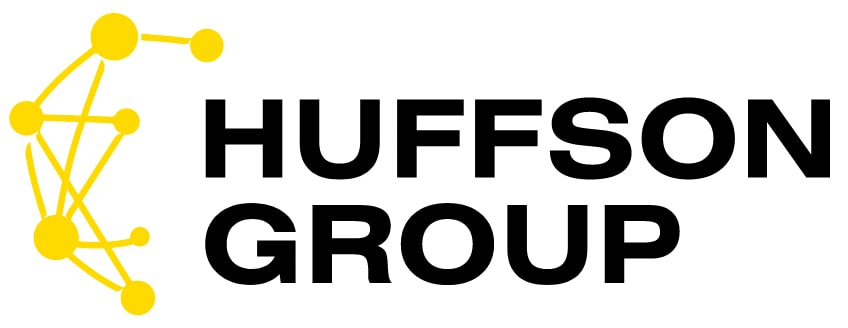Here’re some thoughts on the Facebook trust.
DISCLAIMER: The following article represents the contributor’s opinion. The contributor is not Markush Tsukerkush or his wife, or his employee, or even Vanga, or Baba Yaga. Please treat this information as a contributor’s thinking aloud, as a pause for thought, but not as the ultimate truth. For it’s most likely no one knows how FB works, including the developers!
So, as we have already stated, the sticking point with FB is whether it trusts you or not. Let’s turn our attention to trust issues in detail.
Here’s the plan:
- An overview and an approximate idea of how the trust of the entire scheme is built.
- Which components does trust apply to? Why doesn’t it apply?
- How do they transfer trust between elements of the scheme?
- What needs improvement in the first place? What can be ditched?
- How to test a scheme for individual components towards trust and exclude the most vulnerable ones?
- What mistakes do experienced publishers who drive large volumes of traffic make? Why, due to a misunderstanding of the trust concept, a lot of money is fucked up?
- Practical application of the trust concept towards some tasks (KING accounts, CPM, farming).
So, what is trust? First of all, it is FB’s trust to you, your account, proxy, bank card, FP, BM, your behavior, and several other parameters. To understand the trust concept more deeply, we will have to introduce some formal definitions.
- A scheme component/element is what you work with: an account, ad cabinet, BM, pixel, FP, proxy, or bank card. The elements of your scheme are either trusted by FB or not.
- Component creator. This is the person who created the component, who is always the FB user. That is, if you created a BM, then the account with which you’ve created it will be considered its creator.
- The owner is the current owner of the component.
- An administrator is a person who is currently working with BM or ad cabinet or FP.
- An employee is a person with limited rights to administer a particular resource, like FP, BM, etc. (has little effect on the trust).
Note that some of the roles described above may not be required for different components (FB resources). For example, you can create a BM without an owner, but there will be a creator, whom the FB will of course forget while transferring an account. By the way, we will soon start producing such accounts))) Or you can create an FP ghost, though we don’t know how to do it without a creator or owner, etc.
However, the key is that, unlike the creator or even the owner, the administrator has the major role in the component, i. e. the person who utilizes the resource.
Now that we’ve figured it out, let’s observe how the FB calculates the trust of the entire scheme. It’s clear that the FB AI is monitoring everything, but AI is a vague concept, and we have to crack the black box open.
To put the case, there are two models of FB trust calculation. Let’s call one of them multiplicative, and the other – an additive one.
Multiplicative model is represented by the parameters multiplied between themselves with some coefficients applied, i. e. the trust formula is written as:
a1x1*a2x2*…..*anxn
being:
ak – component impact factor in the impact calculation formula
xk – the impact of your component of the given type
Let’s make it clear that the formula will not work. By assuming that one of your components is all-a-mort, for example, you have a card by WHATSOEVERBANK and its impact is = 0 or close to zero, say 0.002, the impact of the entire scheme will also automatically become 0, or little above zero. There’s no way to find out how you can pull it off, and as a result, you will not launch an ad, even if everything else is ok. But we all know that this is not so. Even with shit-cards or proxies, there is always a chance to launch an ad.
The additive formula is written as:
a1x1+a2x2+…..+anxn
That is, the impacts add up to each other, but even in this case, we can say that this does not work that way. Therefore, no matter how bad are WHATSOEVERBANK and proxies, you can pull these components off with the increased impacts of other ones, for example, with a high-quality account, BM, or ad cabinet.
Most likely, a cunning scheme works better here, when the impact of each component x1, x2, xn is compared with a normal impact distribution function for this component. If it does not fall under some end values, then, for example, an additive formula is applied (I tend to use it more). And if it does, i. e. it falls under the periphery of the normal distribution, then there will be questions from the FB. In case there are several parameters, it can have a bitter end.
We have to spell this out. Take a look at a Gaussian graph, which represents the normal distribution (probability distribution):

Now let’s assume how the distribution for each component is taken by FB. Think, for instance, of BM from which you launch ads. The average BM is, according to its name, located near the peak on the graph (‘0’ horizontally). That is, it was recently created, there were no ads, BM has not been transferred anywhere, and so on. This is how it works for most people, i. e. the BM was created, but it was not transferred or used in the first hours. But you’ve created your BM, for example, yesterday and right after that you’ve transferred it to another account with five other BMs, 20 ad cabinets, bank cards, and added a pixel. We think that your BM will be located here:

By the way, on this graph, the impact of your BM is F(X), i. e. presented vertically.
Now let’s assume that you have 50% of the components below the standard deviation of 2σ, i. e. in fact, your BM did not enter the standard 95%+ of what FB is used to, but it entered the last four with a small percentage, i. e. you are very unique to FB, which is bad for you. So that you don’t have to dig into it, here’s the same graph representing the probability distribution:

To put it simply, the percentage of components of a given type that falls into the area of the probability distribution is presented horizontally, and the impact of your component is presented vertically.
As I stated above, if the indicator is located in the dark blue area, then it’s ok, but if it is located in the light blue area then it’s time to start compensating for this component by increasing the trust of others. In the light blue area with the indicator of 2.1% or higher, the scheme will end up badly, especially if there are several above-the-average components.
Thus, we can conclude that if everything is ok with the components, then you can apply a short formula to sum their trust. If there are one or several components below the standard distribution, then either the trust of the entire scheme is being reset, or the most evil of FB AI comes to you and cuts you out, simultaneously dropping trust of all interconnected components. And all you can do is scratch your head, thinking to yourself: “What the fuck is this?”
This can be demonstrated with a simple example, known to all of you. If your scheme parameters are set lame, but not that much, then you can still launch some ads. But if you’ve fucked up epic, then you can launch 100 accounts if you please, and still, nothing will work.
Anyway, after scaring the shit out of you, let’s move on to trust transferring topic. Remember as I said that the key role is not the owner of the resource, but the one who utilizes it, i. e. administrator. Thus, by transferring any resource, for example, a pixel or a BM, or an ad cabinet to a trusted account, you increase the trust of everything else. This is what the king system is about. When you transfer the shitty ad cabinet from the autoreg to the king account, it’s not that the BM is maxed out, although it’s very good, most importantly, the admin is maxed out as well. And since he becomes the administrator of the shitty ad cabinet, then the trust of the cabinet rises to the trust of the administrator.
Now let’s overview the components that don’t have the owner or the admin, which I do have. For example, a trust applies to a proxy (or to IP address to be precise, or even subnet), to a card (or a bank’s BIN), to a domain, a domain registrar, hosting, a website page, and a whole website (FB doesn’t monitor the pages now, but still), apps, etc.
There’s the working rule for these things: it’s either good, i. e. it falls into the average values (for example, in standard FB ads they mainly use the cards of a particular bank), or bad (for example, the hosting only contains websites about boosting the size of your thing). By the way, those who make auto-regs have troubles with this, especially when they make auto-regs in large quantities, i. e. they quickly give a specific subnet out, and then cannot understand why the best accounts get banned just like that.
Here’s the rule of thumb. If you have the opportunity to buy a BM with high trust, for example, a verified BM or BM with history, to connect an FP with a signature and to transfer the whole thing on a rented account, which has also passed the review, then most likely you will neutralize the negative effects.
Please note that I haven’t said anything about creo yet. Because the creo does not have a trust, or to be more precise, the new creo does not have a trust, or its trust is as high as possible. As it is reused, especially if the creo has been used in FB ads several times, and FB does not treat this ad well, the trust will appear, but it will be low, and it will gradually start killing the whole scheme.
Now let’s take a look at trust transfer within a scheme by the example of BM. Let’s say we have a BM, from which several ads were already launched, which was not banned, or was unbanned i. e. a BM with a high trust, and add an admin from the autoreg to this BM, and just put it on hold for a while. Here’s a point: for the FB, the life cycle of each component and the time of their interaction with each other are very important, so, if a good BM hangs on the autoreg, albeit with no actions on the autoreg’s part, the autoreg’s trust will take it up.
It’s plain to see how to test the scheme, namely, the external parameters such as website, proxy, hosting, creo, etc. You can test the FB from the test account by searching, at least this way you will see which of the parameters goes places, where it is impossible to launch an ad. After you have tested it, then test the internal parameters of the trust, such as FP trust, BM, account, etc. by searching. Replace components with low trust.
The major error of every team, including large ones, is a habit, i. e. if it works, then don’t touch it. But you must touch it, since external parameters lose trust quickly, especially if you drive large volumes of traffic. First of all, it concerns your proxies and bank cards. It’s no problem to spend some card from a small bank you use senselessly and quickly.
I’ll also say a few words about elements with a maximum trust or with no trust, – it’s up to you. While the element does not have an owner, or if the FB has lost the track of the creator or the creation time, then the trust is as high as possible. For example, if you manage to get a BM with no creation time or owner, consider yourself lucky. People used to create such BMs from test accounts. You can still do it now, but you won’t be able to transfer it to a live account, as FB has closed this backdoor. There is an opinion that the same applies to ghost FP, but I have not yet observed it in detail.
There’s one last thing I’d like to make a point about, which is the trust applicable to a couple of cases:
- I’ve already told you about king accounts. If you’ve studied the article, then it should be clear to you why the king works this way. Now you know how to make a king out of any moderately good account.
- CPM directly depends on the trust of your whole scheme. That is if the trust is the lowest of the low – the whole scheme is banned, if the trust is slightly above low – some elements will be banned, some won’t, but CPM might bounce around, and if the trust is high – everything or near so slips through with a CPM as low as possible, considering the parameters of the audience and placements.
That’s all, I hope this information is useful.
Source: https://vk.com/@3afbinfo-obzornaya-statya-pro-trast-fb-parametry-zapuska-reklamy-i-pr

















































